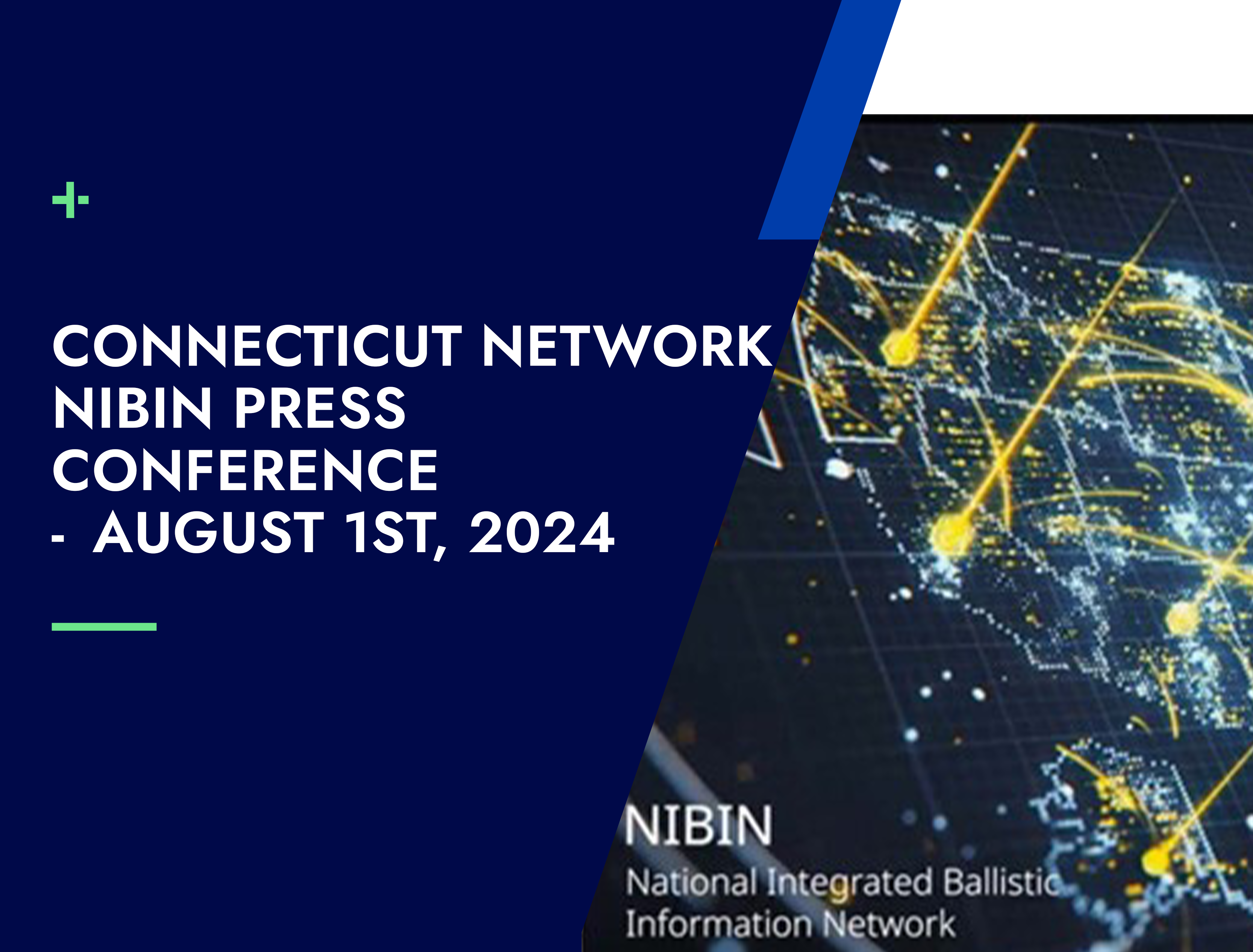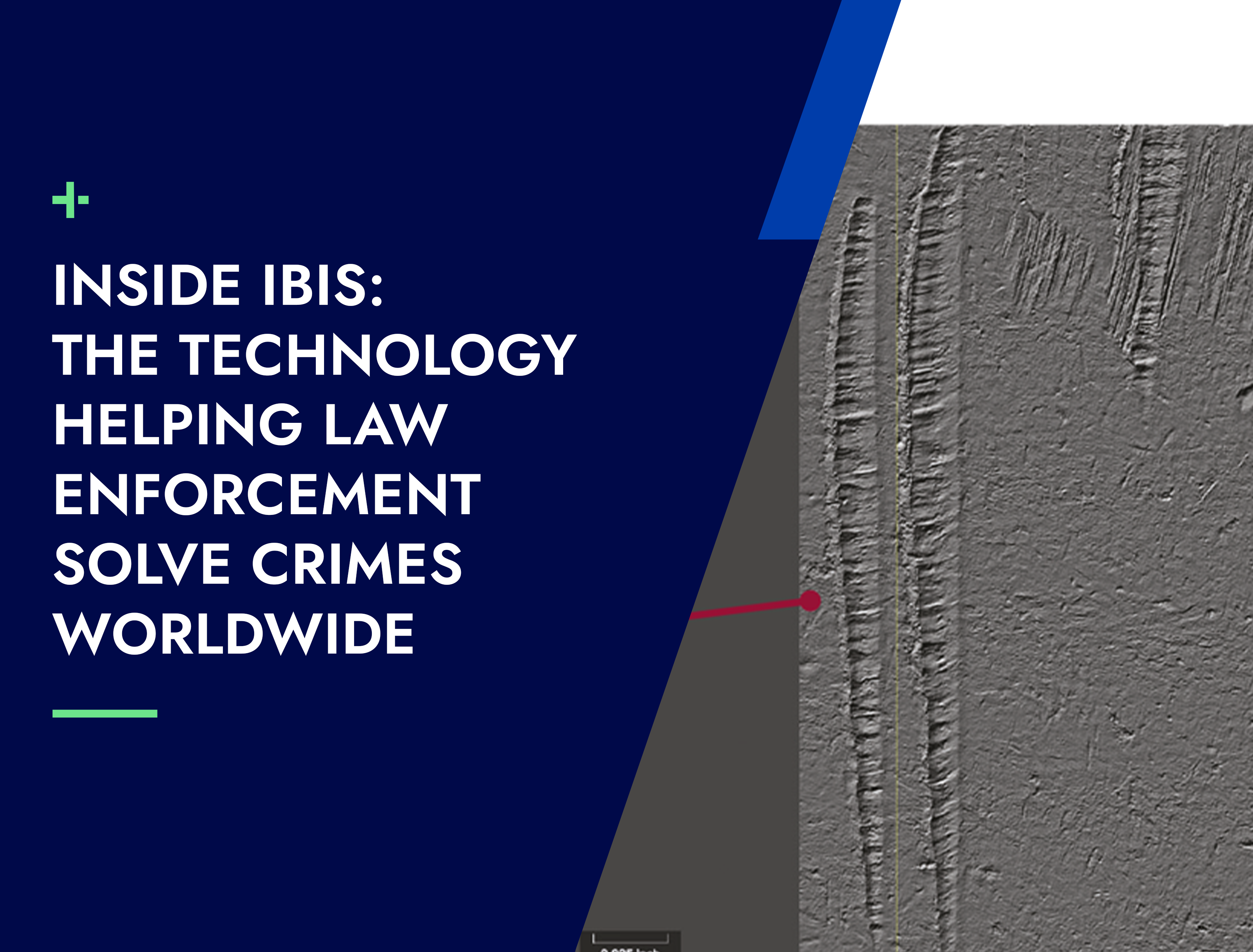Handguns remain the most commonly used weapons in homicides across the United States. But what’s often overlooked is that the same weapon used to take a life can help solve the crime - bringing justice to victims, resolution to families, and safety to communities.
Every crime gun holds a story.
“Inside” the gun are ballistic and biological clues revealing where it’s been and what it’s done. “Outside”, serial numbers, DNA, and other evidence show who handled it and how it changed hands. When these clues are connected, patterns emerge, the story unfolds, leads sharpen, and cases get solved.
At the heart of this process is ballistic imaging - one of law enforcement’s most powerful tools. In many cases, it’s the only link between a suspect and a shooting, or between separate crime scenes.
But not all systems are equal.
Some are too new to have a track record. Others rely on outdated methods or can’t share data across jurisdictions. Manual-heavy systems increase errors and delays. The wrong choice costs more than money - it can cost lives.
Before investing in or upgrading a ballistic imaging system, agencies should work closely with technology providers to answer five mission-critical questions. The insights gained can directly impact their ability to solve gun crimes, link shootings across jurisdictions, and safeguard communities for years to come.
Can the system share data across jurisdictions?
Gun violence doesn’t respect boundaries. A single weapon may be used in crimes across cities or states in months and days. In the 2014 Brendan Tevlin murder case, a single crime gun – and a murderer - traveled from Washington State to New Jersey. Investigators leveraged the National Integrated Ballistics Information Network (NIBIN) to confirm that the murders were linked. Without cross-jurisdictional sharing, such links are lost, forcing investigators to work in silos. In addition, leads grow cold, progress stalls, and opportunities to build on the progress and insights of others are missed.
NIBIN, powered by fifth-generation IBIS tech, enables seamless collaboration. It turns isolated data into actionable intelligence - helping agencies track shooters across borders and stop serial offenders before they strike again.
Does the system help users avoid backlogs and streamline evidence handling?
Every recovered crime gun or fired cartridge case has the potential to break a case. But when evidence sits in a backlog, it’s not helping to solve crimes - it’s collecting dust. Forensic labs today face massive caseloads with limited resources. Without automation, they can’t keep up.
With the right system, what once took weeks now takes hours - turning shell cases into actionable leads before another shot is fired. Every day evidence sits untouched is another day a violent offender can reoffend. Speed and accuracy aren’t luxuries - they are non-negotiables.
Has the image matching performance of the system been tested, and by whom?
Accuracy builds trust. A single match can link scenes, identify suspects, or clear the innocent. But false positives waste time, and false negatives let shooters walk.
Independent studies matter. NIST’s evaluations - especially the 2008 and 2015 tests involving IBIS technology - set industry benchmarks for reliability. Agencies should request verified data showing hit rates, error margins, and quality control. Investigators need leads they can trust - and that trust begins with tested performance.
How many years has the technology been operating in the ballistics domain?
Gun violence evolves - so must the systems used to fight it. Some technologies work well early but fail as databases grow or workloads increase. Others struggle to adapt to cloud or software upgrades.
IBIS was first deployed in 1991, when no roadmap existed for this kind of tool. It has since become a global standard, studied and validated by researchers.
A future-ready system must scale, maintain speed, integrate with new tools, and preserve legacy data. Losing investigative history isn’t an IT issue - it’s a public safety risk.
Are you evaluating the total cost of ownership - not just the purchase price?
Sticker price alone can be misleading. Training, updates, service, and downtime all add up. A lower-cost system may cost more long-term if it can’t perform under pressure.
The cost isn’t only financial. Communities watching gun violence unfold expect results. When evidence sits unprocessed, and shooters go unidentified, public trust erodes. A system that fails to deliver isn’t just a technical failure - it’s a political one. Every missed connection undermines confidence, accountability, and the credibility of leadership.
A proper cost analysis should include installation, training, support, and maintenance over 5–10 years. The most cost-effective system delivers results, not regrets.
The Bottom Line
Choosing a ballistic imaging system is more than a purchase - it’s a commitment to public safety. The right system turns ballistic images into trusted leads, clears cases, and prevents further harm. The wrong one leads to missed connections, rising costs, and lost trust.
NIBIN, powered by IBIS, delivers where it matters most. It enables nationwide data sharing, streamlines lab workflows, and provides accurate leads - validated by independent testing. It scales with demand and preserves critical data, ensuring agencies are always ready.
In the end, this isn’t about technology - it’s about justice. Agencies that ask the right questions and choose systems that underpin NIBIN aren’t just solving crimes. They are keeping promises to victims, families, and communities.

.png)

